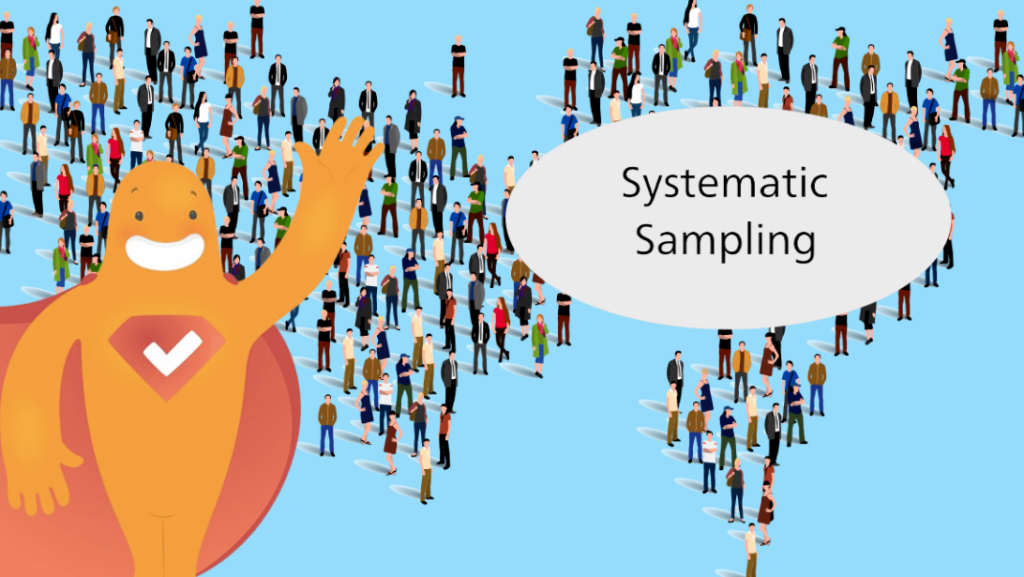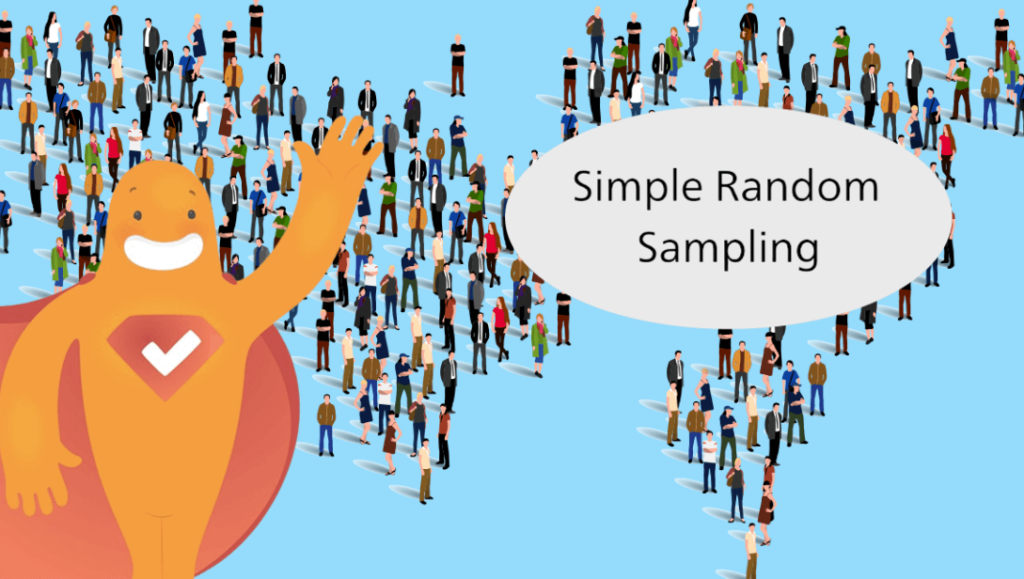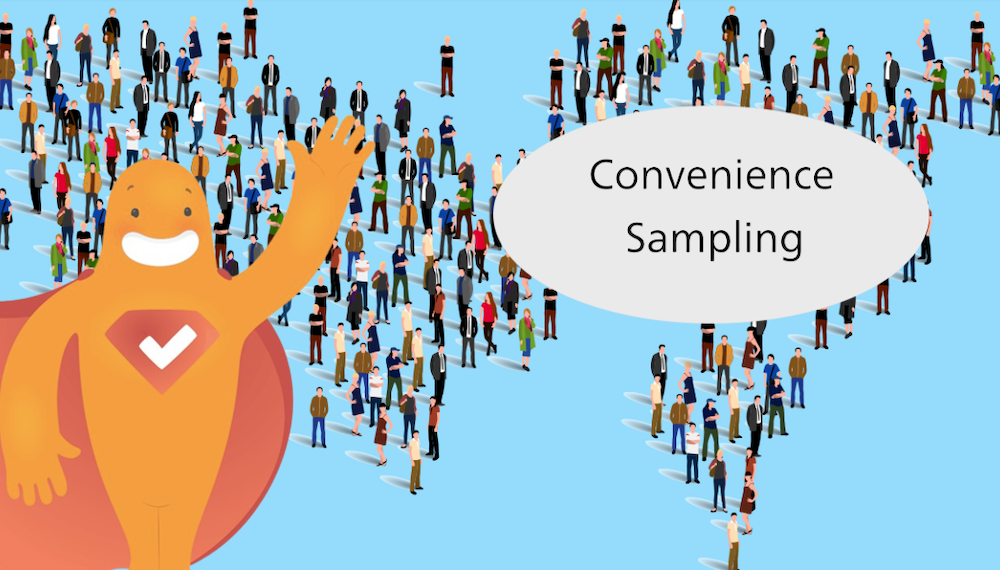
BLOGS
- Animation
- B2B / B2C
- Branding
- Career Surveys
- Company News
- COVID
- Customer Experience
- Customer Insight
- Data Types
- Education
- Embedding in Surveys
- Event
- Fashion Surveys
- Features
- Finance Survey
- Forms
- GDPR
- Healthcare
- Holiday
- Image Poll
- Kiosk Survey
- Likert Scales
- Mobile
- Naming
- Nonprofit Surveys
- NPS
- Online Survey
- Panel Survey
- Picture
- Picture Survey
- Politics
- Polls
- Product Evaluation
- QR Code
- Questionnaires
- Relationships
- Research
- Sampling
- Security
- Segmentation
- Shopping
- Survey Bias
- Survey Examples
- Survey Logic
- Survey Questions
- SurveyLegend News
- Testing Surveys
- Tools
- Types of Surveys
- Video
- vote on images
What is Quota Sampling? Pros, Cons, and Examples
Many types of sampling involve random selection to ensure the sample group is representative of the larger population. Quota sampling turns this notion on its head because it simply...
What is Systematic Sampling? Pros, Cons, and Examples
Systematic sampling is a type of sampling method that involves selecting a smaller group of participants (the sample) from a larger group of participants (the population). However, this method...
What is Psychographic Segmentation? (Examples and Key Benefits)
The term psychographic is derived from the word psyche (meaning the human spirit or mind) and the word graphic (meaning a representative picture of something). So, psychographic segmentation is...
What is Simple Random Sampling? Pros, Cons, and Examples
Need to survey a large group of people but don’t have the time or money to survey them all? Simple random sampling is a great option, and is one...
What is Convenience Sampling? Pros, Cons, and Examples
Many surveys are concerned with people’s age, gender, income, education level, and other demographic information. These surveys want to know this information because they’re targeting a specific portion of...
7 Reasons to Calculate Survey Margin of Error (and the Formula to Use)
Surveys generally involve only a sample of a given population. This means that the result is not likely to completely match the “true” result that would be obtained if...





